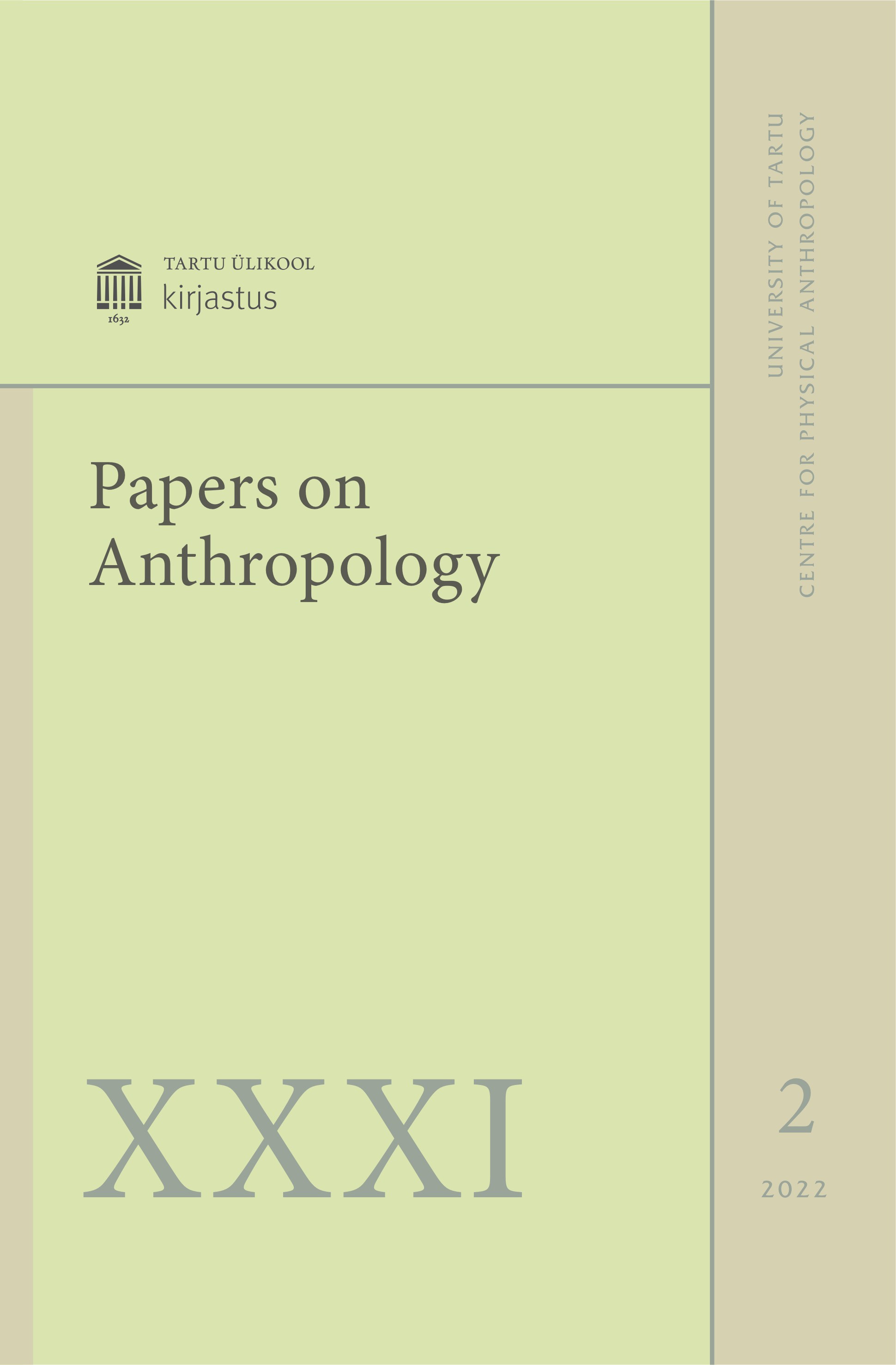The prevalence of colour blindness among the males of the Bhoksha tribe in Dehradun, India
DOI:
https://doi.org/10.12697/poa.2022.31.2.06Keywords:
colour-blindness, prevalence, Bhoksha tribe, Ishihara chart testAbstract
Colour Blindness is an X-linked recessive disorder which predominantly appears in males. Colour blindness is the inability or decreased ability to perceive colour differences by the human eye under normal lighting conditions. The purpose of the present study was to find out the prevalence of congenital Red-Green colour blindness among the people of the Bhoksha tribe in Dehradun district, Uttarakhand. The study was conducted with a total number of 204 individuals aged from 5 years to 85 years (mean ± SD is 22.71 ± 13.15) among the randomly selected male population. Colour blindness was examined using a standard Ishihara Chart under proper light. Among the total sample of 204 males in the community, 3 males are found to be colour blind which means that 98.53% were found to be normal, and the frequency of colour blindness was 1.47%. These three cases represented protanopia, deuteranopia and achromatopsia. Colour blindness appeared among the Pundir, Chauhan and Kakkad clans of the Bhoksha tribe in three villages. In conclusion, 1.47% were found to be colourblind in this study among the Bhoksha tribe of Dehradun, which is very high as compared with the prevalence in other tribal populations in India, although they were unaware of it. The present study supports Post and Pickford’s (1962, 1963) hypothesis of relaxation of selection.

